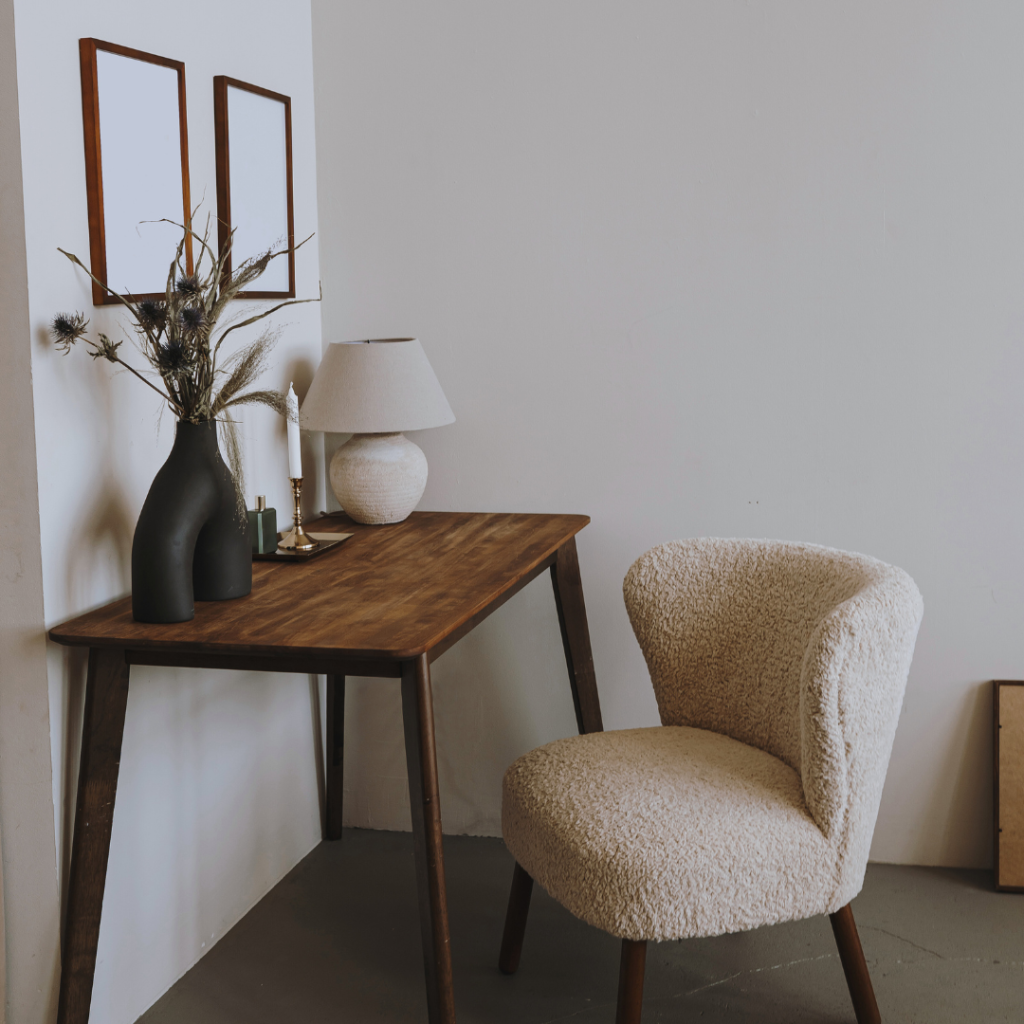Busy families often find it challenging to maintain a home that reflects their style while also remaining functional. Minimalist interior design can simplify living spaces, making them more organized and less stressful. By focusing on essential items and decluttering, families can create environments conducive to relaxation and productivity.
Incorporating minimalist principles doesn’t mean sacrificing comfort or personality. It offers practical solutions that cater to the needs of families, such as storage solutions that blend seamlessly with décor and create multi-functional spaces. Embracing a minimalist approach allows for easier maintenance, letting families spend more quality time together.
This blog post will explore actionable tips to implement minimalist design in a way that resonates with family life. From selecting the right furnishings to organizing essentials effectively, the guidance provided will empower families to transform their homes into peaceful retreats.
Core Principles of Minimalist Interior Design for Families
Minimalist interior design provides an effective framework for busy families seeking efficient and functional spaces. This approach prioritizes simplicity, practicality, and organization, making it a suitable choice for homes with children and active lifestyles.
Embracing Simplicity in Family Spaces
Simplicity is at the heart of minimalist design. A clutter-free environment promotes tranquility, which is essential for families.
Key Elements to Consider:
- Limit Color Palettes: Neutral colors create a soothing atmosphere and are easier to maintain.
- Choose Multi-functional Furniture: Items like a sofa bed or storage ottoman serve dual purposes, reducing clutter.
Incorporating fewer decorative items can make cleaning easier and create a more open and inviting space. This approach encourages families to keep only what is necessary, leading to a more manageable living environment.
Balancing Practicality and Minimalism
Practicality must coexist with minimalist aesthetics. Families require functional spaces that can withstand daily use.
Consider these strategies:
- Opt for Durable Materials: Choose furniture made from robust materials that can endure wear and tear.
- Designate Activity Zones: Create specific areas for play, study, and relaxation. This ensures that each zone supports family activities without overwhelming the space.
By striking the right balance, families can achieve a minimalist home that remains livable and comfortable, avoiding the pitfalls of overly sterile environments.
Prioritizing Clean Lines and Functional Layouts
Clean lines enhance the minimalist aesthetic and contribute to an efficient layout. Family spaces benefit from streamlined furniture arrangements that facilitate movement and accessibility.
Focus on:
- Open Floor Plans: An open layout encourages interaction and maximizes space, making it easier for everyone to navigate.
- Strategic Placement of Furniture: Arrange furniture to promote flow and functionality, ensuring that essential items are easily accessible.
Clear delineations between spaces can help maintain order while ensuring that each area serves its intended purpose. Adopting these principles makes it easier for families to enjoy their minimalist environments while keeping them organized and functional.
Smart Material and Color Choices for Family-Friendly Minimalism
Choosing the right materials and colors is essential for creating a family-friendly minimalist interior. By selecting durable and natural materials alongside a thoughtful color palette, it becomes possible to create a calming yet practical space for busy families.
Selecting Durable and Natural Materials
Durable materials are key in environments with children. They withstand wear and tear while maintaining aesthetic appeal. Options like hardwood, bamboo, and cork offer resilience and natural beauty.
Materials such as marble and quartz can be integrated into countertops and surfaces, providing elegance without compromising ease of maintenance.
Choosing upholstered furniture in performance fabrics helps prevent damage from spills and stains. Glass items can introduce lightness and reflectivity, enhancing a space without adding clutter.
Opt for ceramic tiles for flooring in high-traffic areas because they resist scratches and are easy to clean. These choices ensure a space remains functional while reflecting a minimalist ethos.
The Power of Color and Light for Calm Environments
Color selection plays a pivotal role in the mood of any room. Soft, neutral tones like whites, beiges, and grays can create a serene backdrop, allowing natural light to enhance openness.
Adding splashes of color through accents such as cushions or artwork can introduce cheerfulness without overwhelming the senses.
Using light colors on walls can help a room feel larger and brighter. Maximizing natural light through windows and mirrors is essential for creating an uplifting environment.
Consider layering light sources to build depth. This approach provides flexibility in mood, accommodating both active family moments and tranquil relaxation times.
Incorporating Textures and Patterns for Visual Interest
Textures and patterns can add layers to a minimalist design, preventing it from feeling stark. Rugs in various weaves can introduce comfort underfoot and break the monotony of hard surfaces.
Incorporating natural textiles such as cotton or linen adds warmth and can soften a room.
Introduce patterns through cushions or throws that complement the overall design, ensuring they are subtle and cohesive.
Utilizing textured items such as woven baskets or wood accents can contribute to visual interest without overwhelming a space.
Remember that balance is key; combining textures and patterns thoughtfully enhances the overall aesthetic without disrupting minimalist principles.
Functional Minimalist Design Tips for Busy Family Life
Creating a functional minimalist environment for families involves strategic choices that promote organization and flexibility. By focusing on multipurpose furniture, streamlined storage solutions, and adaptable family zones, busy families can cultivate a serene and efficient living space.
Multipurpose Furniture for Organized Spaces
Multipurpose furniture maximizes utility while minimizing clutter. For instance, a coffee table that doubles as a storage box can hold toys or blankets, keeping common areas tidy. Folding dining tables allow families to expand seating during meals and collapse it when not in use.
Key options include:
- Sofa beds: Ideal for accommodating guests without requiring additional space.
- Ottomans with storage: These serve as both seating and hidden storage for toys or books.
- Bookshelf dividers: Functioning as walls, they provide display space while dividing rooms.
Choosing such furniture promotes a minimalist design ethos of abundance through efficiency.
Streamlined Storage Solutions
Effective storage solutions are vital in a busy household. Built-in shelves, hidden cabinets, and under-bed storage create designated areas to keep belongings organized. Utilizing vertical space is crucial, as it draws the eye upward while leaving floor space clear.
Consider these effective strategies:
- Baskets or bins: A simple system for grouping similar items helps maintain order.
- Labeling: Clear labels on storage boxes guide family members in promptly returning items to their designated spots.
- Hooks and racks: Wall-mounted solutions keep frequently used items accessible and off surfaces, which reduces visual clutter.
Implementing these ideas contributes to a streamlined and welcoming space.
Creating Flexible Family Zones
Designing flexible family zones allows spaces to adapt to various needs. A living room can serve as a play area during the day and transition to a quiet reading nook in the evening. Multi-functional areas maximize the use of space.
Useful tips include:
- Area rugs: They define zones while maintaining a minimalist aesthetic.
- Movable furniture: Use lightweight, portable furniture that can be easily rearranged.
- Designated activity corners: Assign specific areas for crafts, reading, or gaming to keep activities organized.
By integrating versatile zones, families can foster a peaceful environment conducive to their dynamic lifestyle.
Easy Decorative Touches to Elevate Minimalist Family Interiors
Adding decorative elements can enhance the aesthetic of minimalist interiors while maintaining functionality. Simple touches can create warmth and character in family spaces without overwhelming the environment.
Layering Textiles and Pillows
In minimalist designs, layering textiles can add depth without clutter. Families can choose a variety of textures, such as soft cotton, cozy wool, or sleek linen. This approach creates visual interest while remaining functional.
Pillows play a key role in this technique. Using cushions in various sizes and shapes allows for personalization without occupying too much space. A neutral base can be accented with a few bold or patterned pillows, offering a pop of color that uplifts the overall design.
Throw blankets can also contribute to this layered effect. Drape them over furniture to make the space feel homier and inviting, encouraging family members to relax in the area.
Using Mirrors and Lighting for Spaciousness
Mirrors are vital in minimalist settings as they reflect light, making rooms feel larger. Strategically placing a large mirror can brighten dark corners and create an illusion of depth.
Lighting fixtures, such as pendants or wall sconces, should maintain simplicity yet provide adequate illumination. Opting for natural light sources, when possible, enhances the overall atmosphere. Soft, warm lighting promotes a welcoming environment for busy families.
Additionally, using dimmable lights allows families to adjust the mood according to different times of day. This versatility aids in creating a functional yet stylish space that caters to various activities.
Drawing Inspiration from Professional Designs
Examining professional designs can offer valuable insights for busy families. Many designers utilize minimalist principles to create functional yet aesthetically pleasing spaces.
Websites and magazines often feature well-decorated family homes that prioritize both style and practicality. Families can look for themes or color palettes that resonate with their preferences.
Inspiration boards help visualize ideas, combining elements like textiles, colors, and furniture styles. Families should consider their unique needs while adapting professional ideas to their spaces, ensuring the design remains livable.

